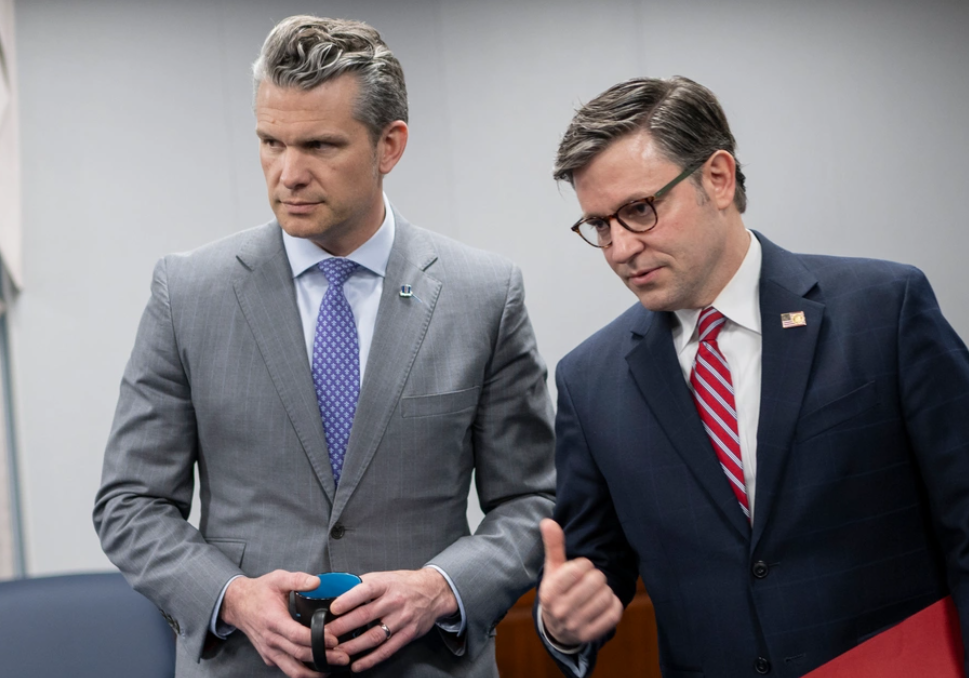Defense Daily
-
 Force Multipliers
Force MultipliersForce Multipliers – Krista McKendree
In this monthly column, Defense Daily highlights individuals from across the government, industry and academia whose efforts contribute daily to national defense, from the program managers to the human resource […]
Tagged in: -
 Advanced / Transformational Technology
Advanced / Transformational TechnologyHypersonic Missile Developer Castelion Nabs Army, Navy Awards For Platform Testing
Hypersonic strike weapons developer Castelion last Friday said the Army and Navy have awarded the startup contracts to integrate its Blackbeard missile with operational platforms for flight-testing that will begin […]
-
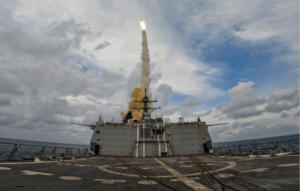 Weapons
WeaponsAvio Plans More Than $400 Million Spend, Much of It on U.S. SRM Production
Shareholders in Italy’s Avio SpA have approved the company’s $465 million 10-year investment plan targeted at building solid rocket motors (SRMs) for DoD missiles and munitions. “The core of Avio’s […]
-
 Business/Financial
Business/FinancialGD Posts Strong Third Quarter Results On Aerospace, Shipbuilding
General Dynamics [GD] last Friday reported strong third quarter financial results largely due to its Aerospace and Marine Systems segments, continuing a sturdy run of top and bottom-line gains all […]
-
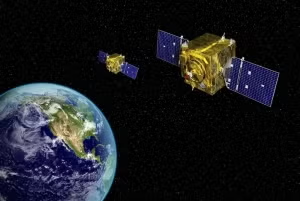 Space
SpaceSpace Systems Command Wants Comments Soon On RG-XX “Andromeda” Draft Solicitation
U.S. Space Force’s Space Systems Command (SSC) wants industry insights by Nov. 7 on SSC’s draft solicitation for the RG-XX program. “This draft solicitation is for an indefinite delivery indefinite […]
-
 Unmanned Systems
Unmanned SystemsFlight Debut for Shield AI X-BAT Could Come Next Fall
Shield AI plans to conduct initial vertical takeoff and landing demonstrations of its X-BAT drone fighter jet “as early as fall 2026, followed by all-up flight testing and operational validation […]
-
Friday, October 24, 2025
- Shutdown Has Impacted Several ‘Critical’ Exercises, Pentagon Tells Congress
- Lockheed Martin Ventures Invests In Rocket Engine Startup Venus Aerospace
- Toni Townes-Whitley Departs SAIC, Ex-Leidos CFO Named Interim Chief
- Lockheed Martin Ventures Invests In Rocket Engine Startup Venus Aerospace
- Saronic Collaborating With NVIDIA To Advance Maritime Autonomy
- Computer Vision Navigation Startup Vermeer Raises $10 Million
-
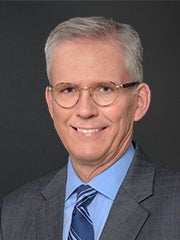 Business/Financial
Business/FinancialToni Townes-Whitley Departs SAIC, Ex-Leidos CFO Named Interim Chief
Science Applications International Corp. [SAIC] after the stock market close Thursday afternoon said James Reagan, former chief financial officer (CFO) of Leidos [LDOS], has been appointed interim CEO effective immediately, […]
-
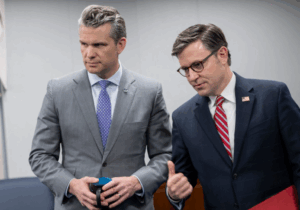 Congress
CongressShutdown Has Impacted Several ‘Critical’ Exercises, Pentagon Tells Congress
The shutdown has forced the Pentagon to delay or cancel several “critical exercises,” including portions of a large-scale training event in the Indo-Pacific, according to details the Pentagon provided to […]
-
 Advanced / Transformational Technology
Advanced / Transformational TechnologyComputer Vision Navigation Startup Vermeer Raises $10 Million
Vermeer, a New York-based startup with operations in Ukraine, has closed a $10 million Series A round to further develop its computer vision-based technology designed to allow drones and other […]

